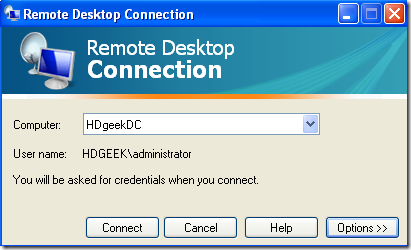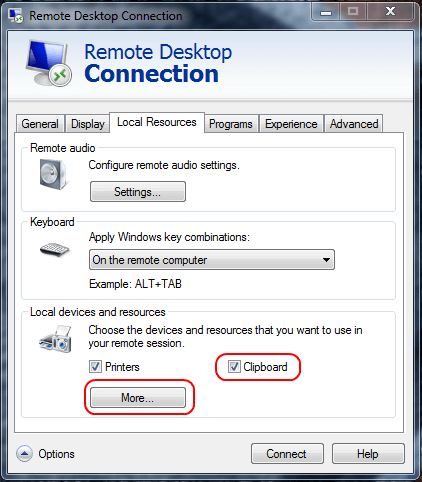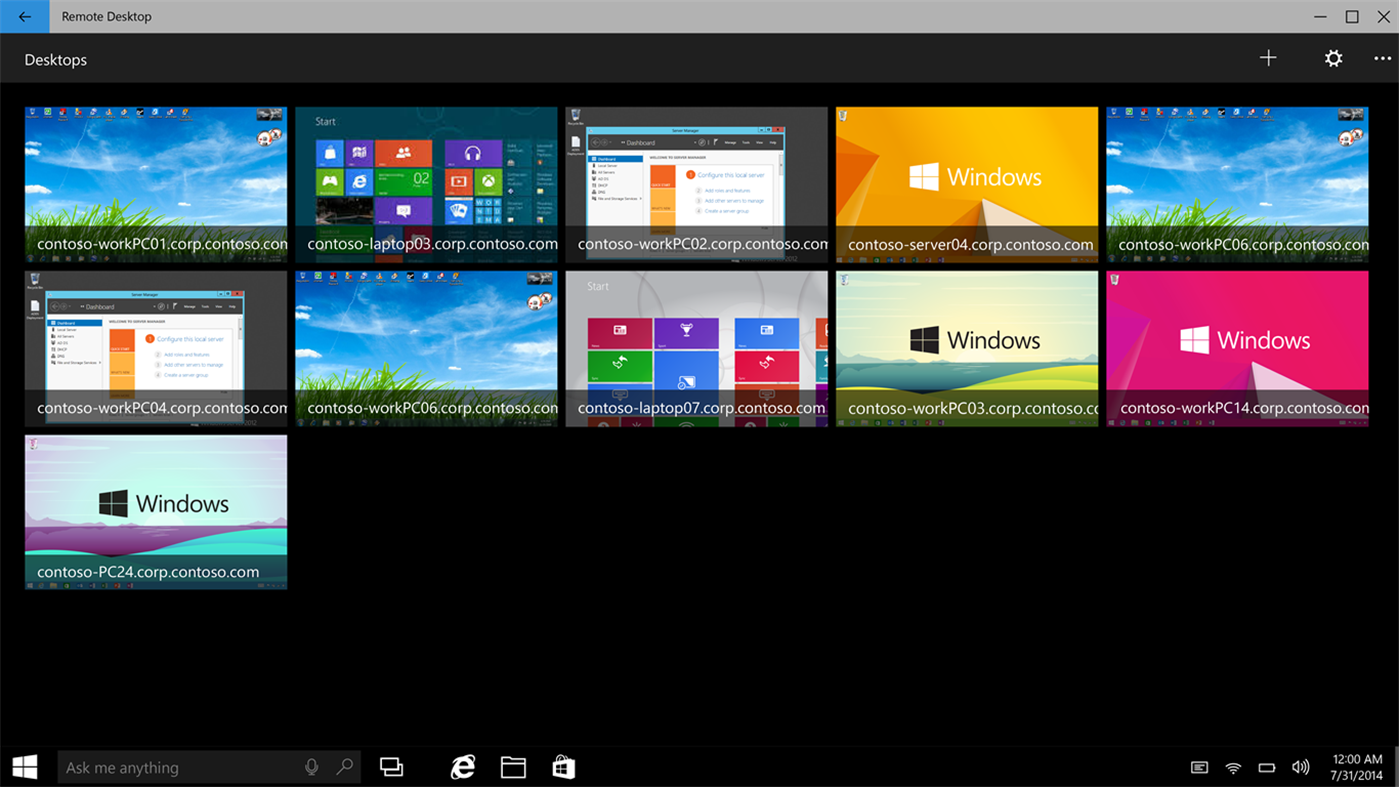Overview:
- Accessing Local Files On Using Microsoft Remote Desktop Tool
- Accessing Local Files On Using Microsoft Remote Desktop With Mac
- Accessing Local Files On Using Microsoft Remote Desktop For Mac
- Accessing Local Files On Using Microsoft Remote Desktop To Ssh On Mac
Apr 15, 2019 Hello, my name is Pankaj Pande and I would like to discuss a method that an administrator can use to keep users from storing files in public folders and scattering files randomly throughout a virtual machine pool or Remote Desktop Session Host (RD Session Host) server farm, while using Remote Desktop Services and RemoteApp programs. Jun 05, 2018 You can configure your PC for remote access with a few easy steps. On the device you want to connect to, select Start and then click the Settings icon on the left. Select the System group followed by the Remote Desktop item. Use the slider to enable Remote Desktop. Microsoft Remote Desktop clients let you use and control a remote PC. With a Remote Desktop client, you can do all the things with a remote PC that you can do with a physical PC, such as: Use apps installed on the remote PC. Access files and network resources on the remote PC. Leave the apps open when you turn off the client.
Remoteapp is a virtual application solution that allows users to run windows-based applications regardless of what operating system they are using. It allows users to launch virtual applications from a server that appear on their computer as if it is installed locally, but in reality are running on a remote server. The user is able to open and save files locally, or open or save to their network drives, which are accessible from the remoteapps. Another way to think about RemoteApps would be it is the same as using gotowork (or any terminal server), except instead of interacting with an entire desktop on a server, you only interact with the application you are using.
Why use RemoteApps?

Accessing Local Files On Using Microsoft Remote Desktop Tool
Scenario 1: A user is working from home and would like to edit a Word document that is located on their I: drive. Using RemoteApp, the user can open the Microsoft Word RemoteApp, browse to their I: drive and edit the document from home.
Scenario 2: A user is working from home (or on campus) and would like to use Photoshop but does not have Photoshop installed on their computer. By setting up access to RemoteApps, the user can use Photoshop as if it is installed on their local computer. You can access both files located on IAS servers, and on the home computer through RemoteApps.
Scenario 3: A user is using a Mac(or any non-windows device), but would like use software that only runs on a PC. With RemoteApps, the Mac user can run the application on their Mac, as well as open and save files both to their Mac or network drives.
What software is available through RemoteApp?
- Microsoft Office 2010 Suite (Word, Excel, Powerpoint, Publisher)
- Microsoft Office 2013 Suite (Word, Excel, Powerpoint, Publisher)
- Adobe Acrobat Professional XI
- Adobe Photoshop
- Raisers Edge (Restricted to certain users)
- Mozilla Firefox
- Wordpad
- 7-Zip
- Adobe Illustrator CS6
- Adobe InDesign CS6
- Adobe LiveCycle Designer ES2
- QuarkXPress
- VLC Media Player
- MikTeK 2.9
Note: If you would like certain software to be available through RemoteApp please contact the ITG Help Desk
How to launch a RemoteApp:
Accessing RemoteApps
1. If you are connecting from off campus or from the IAS wireless network, please install the OpenVPN client and connect to VPN first. After you are connected you can either use the remote resources method or web access. If you are using an ITG supplied desktop or iMac on campus then you do not need to connect to VPN. Please note connecting from the wireless network called Eduroam does not require VPN.


2. Launch a RemoteApp either by 'Remote Resouces' or Web Access:
Remote resources (Recommended for permanent access): This method will automatically give access to remoteapps without requiring the user to login more than once.
Tips:

Opening local files on your mac in a RemoteApp application:
Accessing Local Files On Using Microsoft Remote Desktop With Mac
When browsing to open/save a file, click on the 'home on vpn-***' drive. This will take you to the file system on your local mac.
Mimizing RemoteApps on a mac:
When a user minimizes a remoteapp on a mac, the app will be available to open in the top menu bar under the remoteapp symbol:
Accessing Local Files On Using Microsoft Remote Desktop For Mac
Disconnecting from RemoteApp sessions on Windows:

Accessing Local Files On Using Microsoft Remote Desktop To Ssh On Mac
To disconnect all sessions for your remoteapps on a mac you can simply exit Microsoft Remote Desktop. On windows, you can right lick on the system tray icon and choose 'Disconnect all connections'.